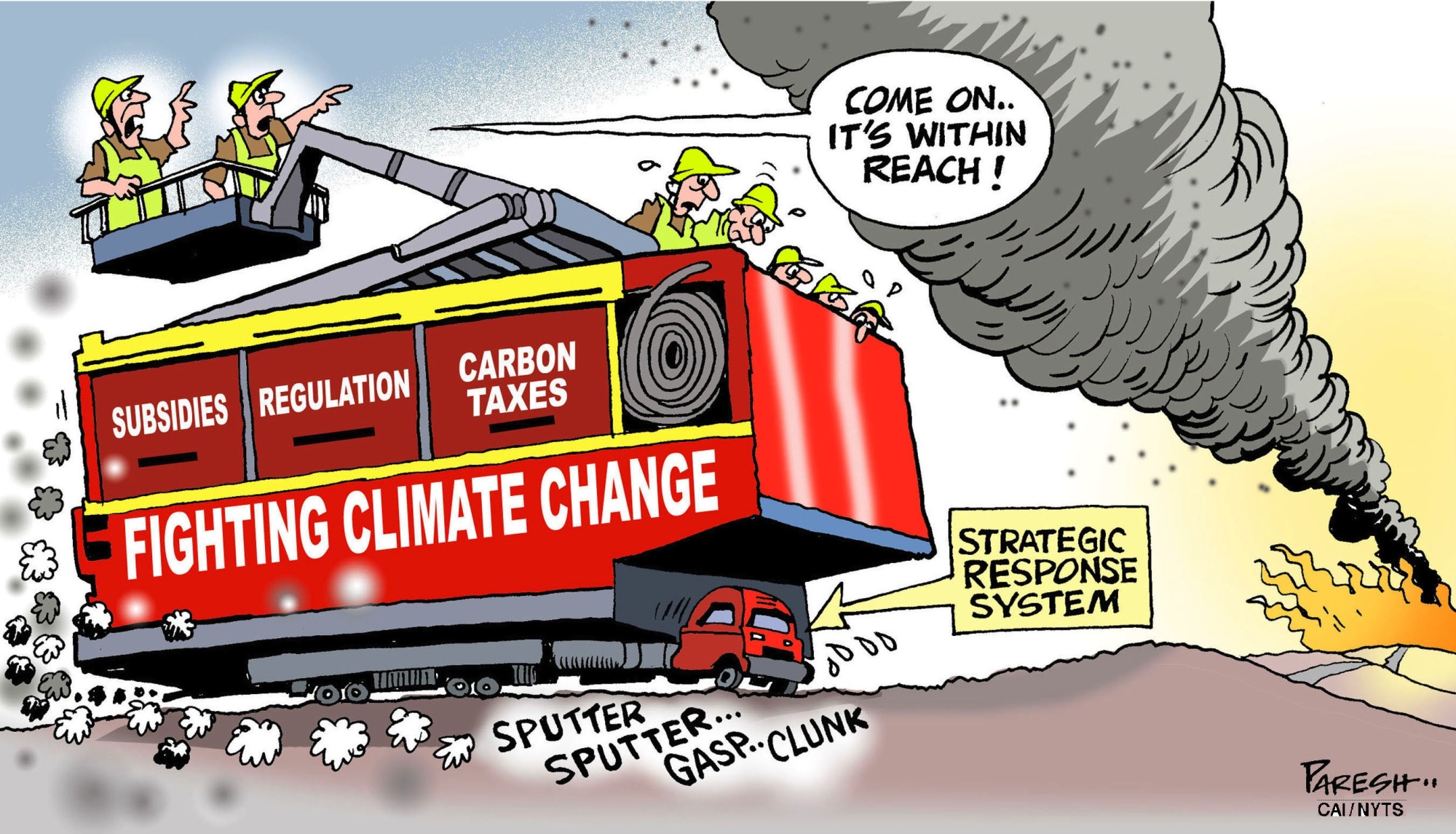The climate conference that just wrapped up in Katowice, Poland, was billed as the most consequential since the 2015 summit, which produced the Paris climate agreement. Amid unprecedented public concern over the threat posed by climate change — fueled by an alarming recent report by the United Nations Intergovernmental Panel on Climate Change (IPCC), not to mention devastating natural disasters around the world — negotiators managed to establish set of rules for meeting the Paris commitments. But, as is so often the case, success will ultimately depend on finance.
The world's advanced economies have made major financial commitments in previous climate negotiations. Yet it is far from certain that they will fulfill their promises, beginning with the provision of $100 billion annually to developing countries by 2020. According to the U.N. Framework Convention on Climate Change's Standing Committee on Finance (SCF), public finance from developed to developing countries to support climate-change mitigation and adaptation amounted to $57 billion in 2016. When taking account of private finance mobilized by public support, flows reached over $70 billion in 2016.
However, that is a small fraction of the $2.4 trillion that the world needs to invest in clean energy every year between now and 2035 to keep global temperatures within 1.5 degrees Celsius of pre-industrial levels, as calculated by the IPCC. Whether rich countries honor climate financing commitments made in previous negotiations and the degree to which developing countries can accept flexibility in how financial flows are measured, will be key. But, above all, climate risk and consideration of long-term sustainability will need to be embedded in the world's financial system — from banks, asset owners and managers to insurance companies and the capital markets that facilitate financial actors' transactions.



